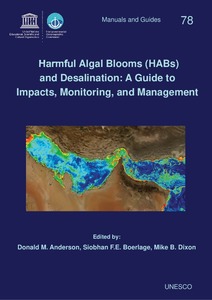Seawater intake considerations to mitigate HAB impacts.

View/
Average rating
votes
Date
2017Author
Boerlage, Siobhan F.E.
Missimer, Thomas M.
Pankratz, Thomas M.
Anderson, Donald M.
Status
Published
Metadata
Show full item recordAbstract
Seawater intakes are a key element in the design, construction and success of desalination
plants. Various intake options exist and are generally classified based on their abstraction
depth. Surface ocean intakes abstract seawater from the top of the water column or at depth,
while subsurface1 intakes are embedded in the seabed or beach, thereby pre-filtering the
abstracted seawater. Location, intake type and depth are important determinants of water
quality. Intakes are also the first point of control in minimizing the ingress of algae into a
plant or where algal impacts first manifest.
Originally the more robust thermal desalination processes dominated the desalination market
where feedwater quality was not the primary driver in determining intake type or location.
Instead, feedwater supply was critical, as thermal plants were configured as cogeneration
power/desalination plants with common intakes with large volume requirements to generate both power and water. Intake and .....
Title of Report
Harmful Algal Blooms (HABs) and Desalination: a Guide to Impacts, Monitoring and Management.Editor(s) of Report
Anderson, D.M.Boerlage, S.F.E.
Dixon, M.B.
Page Range
pp.169-203Publisher
Intergovernmental Oceanographic Commission of UNESCOParis, France
Series;Nr
Intergovernmental Oceanographic Commission Manuals and Guides;78Document Language
enSustainable Development Goals (SDG)
14.1Best Practice Type
ManualCitation
Boerlage, S.F.E.; Missimer, T. M.; Pankratz, T. M. and Anderson, D. M. (2017) Seawater intake considerations to mitigate HAB impacts. In: Harmful Algal Blooms (HABs) and Desalination: A Guide to Impacts, Monitoring and Management. (eds. Anderson D. M.; Boerlage, S. F. E. and Dixon, M.B.) Paris, France, Intergovernmental Oceanographic Commission of UNESCO, pp.169-203. (IOC Manuals and Guides No. 78). DOI: http://dx.doi.org/10.25607/OBP-311Collections
 Repository of community practices in Ocean Research, Applications and Data/Information Management
Repository of community practices in Ocean Research, Applications and Data/Information Management